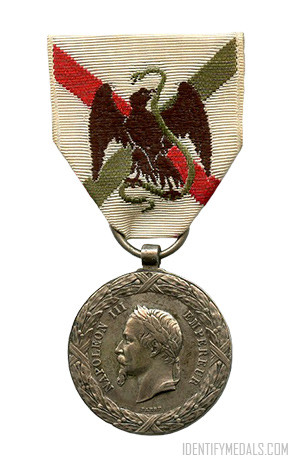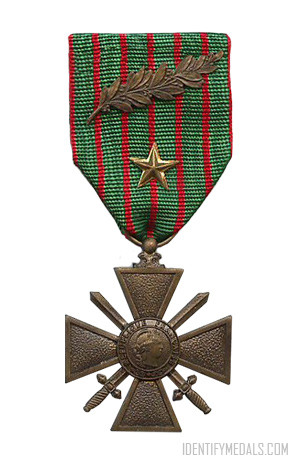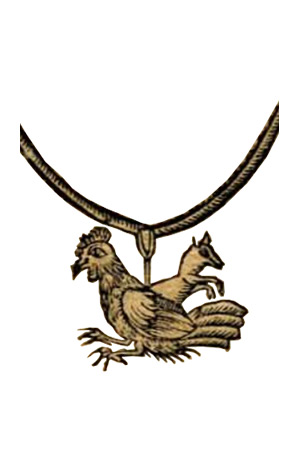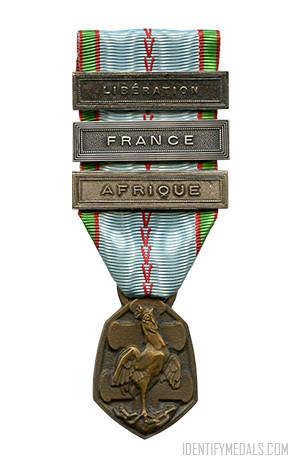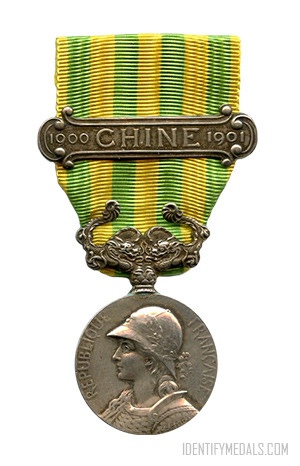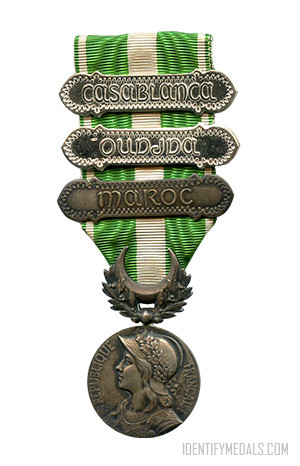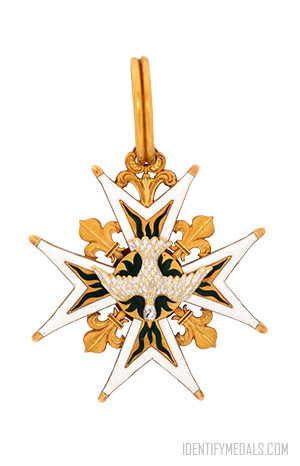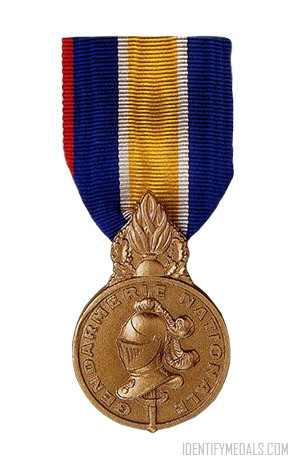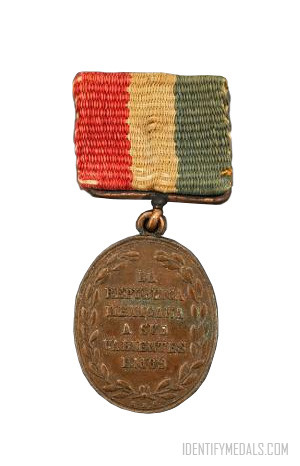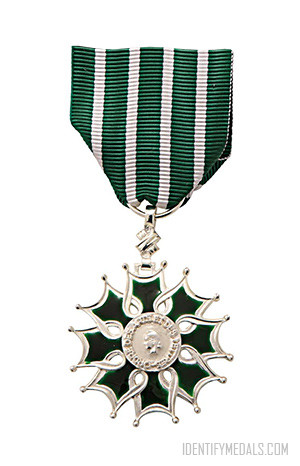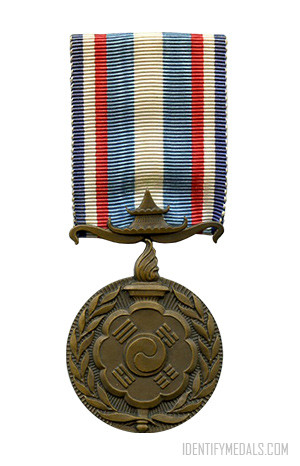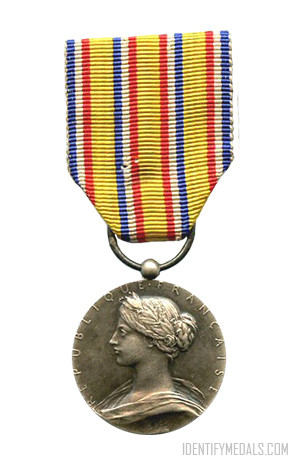The Commemorative medal of the Mexico Expedition (or Médaille commémorative de l’expédition du Mexique in French) is a commemorative campaign medal established by decree on 29 August 1863 by French emperor Napoleon III. The medal recognizes military service during the 1862-1863 French intervention in Mexico.
On 30 April 1863, sixty two legionnaires resisted for nine hours against over two thousand Mexicans, allowing for the capture of the city of Puebla on 17 May 1863 thus paving the way to Mexico. In the capital, an assembly of notables recognized Archduke Maximilian of Habsburg as Emperor of Mexico. However, even with the support of 20,000 Mexicans who embraced the new emperor, Maximilian’s forces were harassed in their work of pacification by the troops of President Benito Juárez, who had the support of the United States. In February 1867, Emperor Napoleon III ordered the repatriation of all remaining French troops from Mexico.
No minimum time of service was mentioned in the award statute.
The Commemorative Medal of the 1862 Mexico Expedition Design
The medal measures 30 mm in diameter, is circular and struck in silver.
The obverse bears the left profile of Emperor Napoleon III crowned with a laurel wreath surrounded by the relief inscription “NAPOLEON III” “EMPEREUR“. A 4 mm wide relief laurel wreath ran along the entire circumference of both the obverse and reverse of the medal.
On the reverse and within the laurel wreath, a circular relief inscription reads “*EXPEDITION DU MEXIQUE * 1862-1863“, with two small five pointed stars separating the text from the dates. At the center, the relief inscription on five lines of the campaign’s major battles “CUMBRES” “CERRO-BORREGO” “SAN-LORENZO” “PUEBLA” “MEXICO”.
The medal hangs from a 36 mm wide white silk moiré ribbon bearing 5 mm red and green stripes arranged at a 45 degree angle forming a cross, over which was superimposed a black eagle, its wings spread and holding a green snake in its beak and talons, a design inspired by the coat of arms of Mexico.

